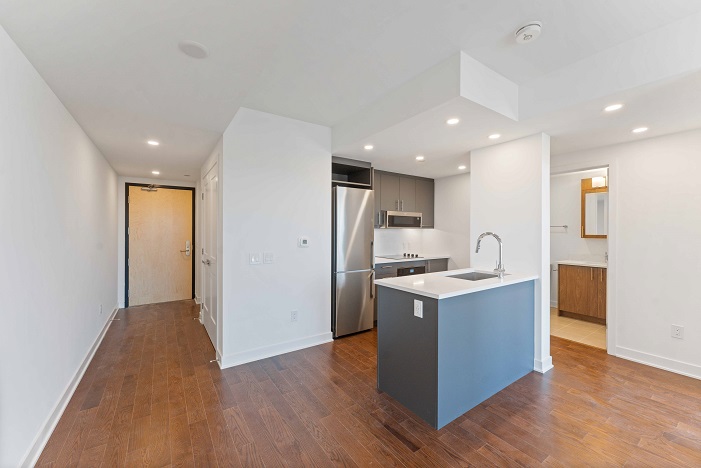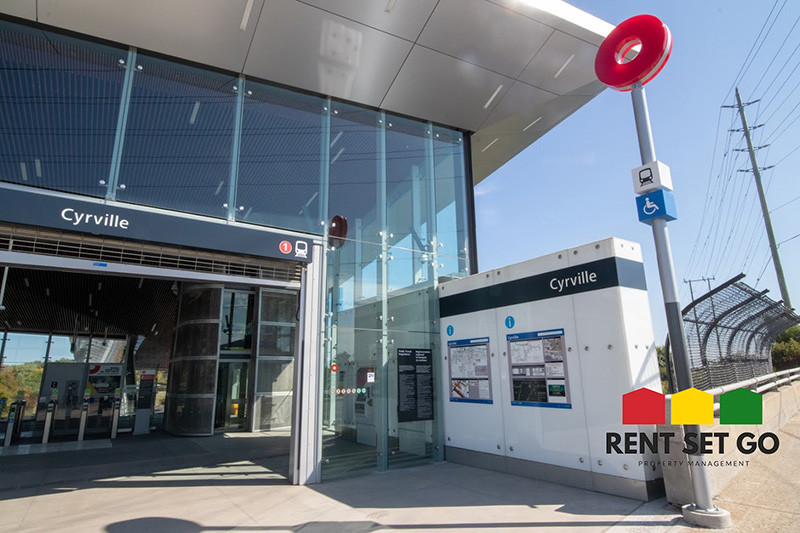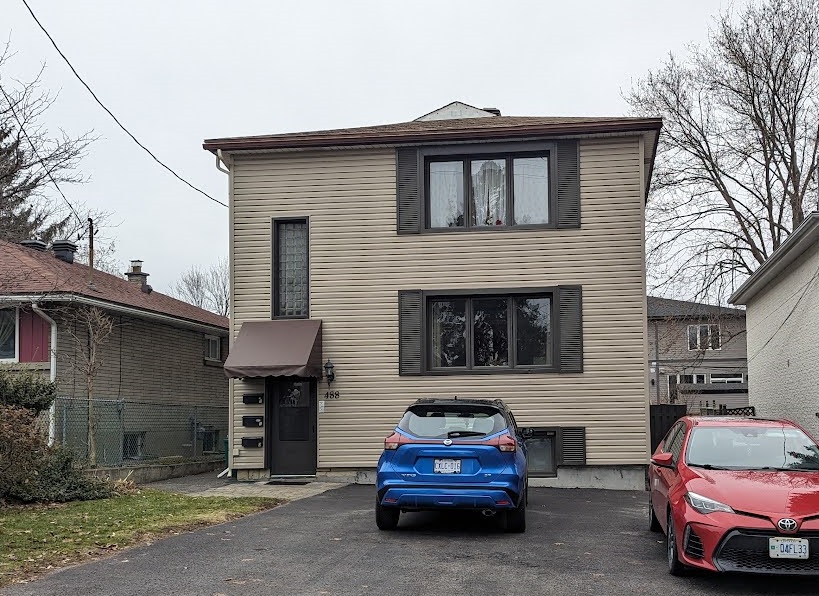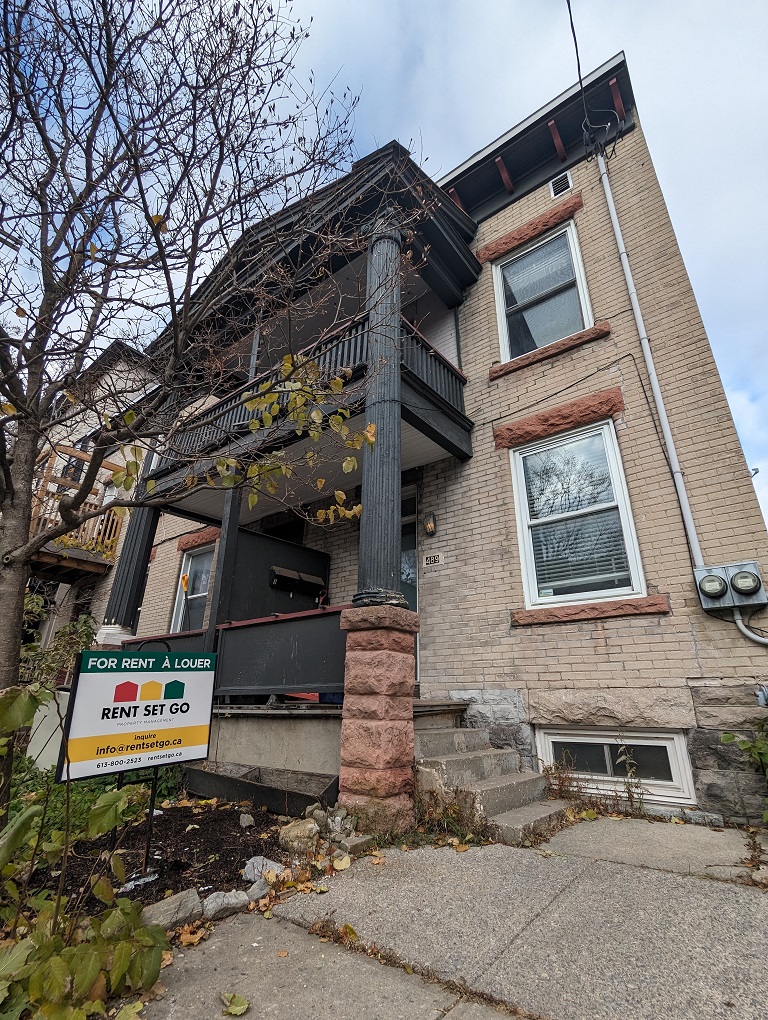When it comes to real estate investments, purchasing a rental property can be a highly lucrative endeavor. However, the key to unlocking its potential lies in a strategic approach to evaluation and management. In this comprehensive guide, we dive into the crucial aspects that determine the success of a rental property purchase. From understanding market dynamics to effective financial analysis and property management, we provide insightful strategies to help investors make informed decisions. Our goal is to equip you with the knowledge and tools necessary to transform your investment into a profitable asset, ensuring long-term gains and stability in the competitive world of real estate. Whether you’re a seasoned investor or a newcomer to the rental property market, this article will serve as your roadmap to profitability.
Understanding the Market: Key Factors Influencing Rental Property Profitability
Investing in rental property is much more than just buying a house or apartment and waiting for the rent checks to roll in. It involves a nuanced understanding of the real estate market and the factors that influence profitability. Here, we explore these key factors, providing a solid foundation for making a profitable rental property investment.

- Market Demand and Supply Dynamics: The fundamental economic principle of demand and supply plays a significant role in rental property profitability. High demand areas with limited housing supply often lead to higher rental prices. Conversely, areas with an oversupply of properties might see lower rents and higher vacancy rates. Understanding these dynamics is crucial for selecting the right location for your rental property.
- Economic Indicators: Economic health indicators such as employment rates, population growth, and income levels in a region can greatly influence rental demand. Areas with growing job markets tend to attract more people, which increases the need for housing and boosts rental prices.
- Neighborhood Characteristics: The characteristics of the neighborhood where the property is located can significantly affect its attractiveness to potential renters. Factors such as safety, accessibility to public transportation, quality of schools, and proximity to amenities like shopping centers, restaurants, and parks play a crucial role. Sandy Hill for example is close to the University of Ottawa and therefore brings many students to the area. Getting a property management company that focuses on Sandy Hill may be best suited for your property type.
- Property Condition and Age: The age and condition of the property impact maintenance costs and rental appeal. Newer properties might require less maintenance but could be more expensive to purchase. Older properties may offer lower initial investment costs but potentially higher long-term maintenance expenses.
- Seasonal Trends: Rental markets can be seasonal in certain areas. For instance, university towns may see higher demand during the academic year. Understanding these patterns can help in planning for vacancy periods and setting appropriate rent prices.
- Legal and Regulatory Environment: Landlord-tenant laws, property taxes, rent control regulations, and zoning laws vary by location and can significantly impact the profitability of rental properties. Being well-versed in these legal aspects is essential.
- Future Development Plans: Upcoming infrastructure or commercial projects can boost property values and rental demand in an area. Keeping an eye on future development plans can provide valuable insights for long-term investment strategies.
By thoroughly analyzing these factors, investors can gauge the potential profitability of rental properties. This approach not only helps in making more informed decisions but also in setting realistic expectations for investment returns.
Evaluating Location and Property Type for Maximum Rental Returns
Choosing the right location and property type is paramount in real estate investment, especially when it comes to rental properties. This decision can make or break the profitability of your investment. In this section, we will delve into the factors that should guide this crucial decision.

- Location, Location, Location: The adage holds true; location is everything. A property in a desirable area not only ensures consistent rental demand but also appreciates in value over time. Factors like safety, access to public transportation such as the Ottawa LRT stations, local schools, and amenities should be high on your checklist.
- Demographic Trends: Understanding who your potential renters are is critical. Are you targeting families, young professionals, or students? The demographic will influence the type of property you should invest in and its location. For instance, students will look for affordability and proximity to universities, whereas families might prioritize space and school districts.
- Economic Vitality: Investing in a location with a robust and growing economy is wise. Look for areas with low unemployment rates, new business growth, and a trend of population increase. These indicators suggest a healthy rental market.
- Property Type Considerations: Different property types come with different levels of investment and potential return. Single-family homes often attract long-term renters but may require more maintenance. Multi-family units, like duplexes, can generate more income but might come with higher management demands.
- Zoning and Future Development: Be aware of the zoning laws and potential future developments in the area. A region slated for commercial development might see an increase in property values and rental demand.
- Natural and Cultural Attractions: Proximity to natural landscapes or cultural hubs can increase a property’s appeal. Locations near beaches, parks, or cultural centers like theaters and museums often attract higher-paying tenants.
- Market Saturation and Competition: Assess the current market conditions. An oversaturated market or one with intense competition might lead to lower rental incomes and higher vacancy rates.
By carefully evaluating these factors, investors can select a location and property type that aligns with their investment goals and maximizes their rental returns. Remember, a well-located property that appeals to the rental market can provide a steady income stream and significant capital appreciation over time.
Financial Analysis: Estimating Costs, Revenue, and ROI

A thorough financial analysis is the backbone of any successful rental property investment. Understanding the costs involved, estimating potential revenue, and calculating the return on investment (ROI) are critical steps in evaluating the profitability of your property. This section breaks down these financial components.
- Initial Investment Costs: This includes the purchase price of the property, closing costs, and any immediate renovations or repairs needed. It’s important to get a realistic estimate of these costs to determine the total initial investment required.
- Ongoing Expenses: Owning rental property comes with recurring expenses such as property taxes, insurance, maintenance, and property management fees. Estimating these costs accurately is vital for understanding the ongoing financial commitment. Reducing operating expenses should be an ongoing discussion.
- Rental Income Projections: Research the local rental market to estimate how much income the property can generate. Look at comparable properties in the area to set a competitive yet profitable rental price.
- Cash Flow Analysis: Cash flow is the net amount of money coming in from the property after deducting all expenses. Positive cash flow indicates that the property is generating more income than the costs, making it a potentially profitable investment.
- Return on Investment (ROI): ROI is a key metric in evaluating the profitability of rental properties. It’s calculated by dividing the annual profit (rental income minus expenses) by the total investment cost. A higher ROI indicates a more profitable investment.
- Break-Even Point: Understanding when you’ll break even on your investment is crucial. This is the point at which the total income received equals the total money spent, including the initial purchase and ongoing expenses.
- Risk Assessment: Consider potential risks like vacancy rates, unexpected maintenance costs, and changes in the real estate market. A solid financial plan accounts for these risks and includes strategies to mitigate them.
- Tax Implications: Rental income is taxable, and various expenses can be deducted. Familiarizing yourself with the tax implications and benefits can significantly impact the net profitability of your investment.
By conducting a detailed financial analysis, you position yourself to make an informed decision about the rental property’s potential profitability. This step is not to be overlooked, as it sets the foundation for a successful and sustainable investment.

The Role of Property Management in Enhancing Profitability
Effective property management is a critical component in maximizing the profitability of a rental property. It encompasses a range of responsibilities and strategies that can significantly impact your investment’s success. This section explores how adept property management can enhance your rental property’s profitability.
- Tenant Screening and Retention: Good property management starts with selecting the right tenants. Thorough background and credit checks help ensure reliable tenants who pay rent on time and take care of the property. Retaining good tenants reduces turnover costs and vacancy periods, enhancing overall profitability.
- Maintenance and Repairs: Regular maintenance and timely repairs not only prolong the life of the property but also keep tenants happy. Well-maintained properties often command higher rents and have lower vacancy rates. Efficient handling of maintenance requests also contributes to tenant satisfaction and retention.
- Rent Collection and Financial Management: Efficient rent collection processes and rigorous financial management are vital. This includes timely rent collection, managing rental increases in line with market rates, and keeping accurate financial records. Good financial management practices ensure a steady cash flow and ease the financial analysis.
- Legal Compliance: Navigating the complex landscape of landlord-tenant laws, regulations, and property codes is crucial. A property manager with expertise in these areas can help avoid legal pitfalls that could result in costly fines or lawsuits. In Ontario it is important to understand the Residential Tenancies Act and the Landlord and Tenant Board.
- Marketing and Leasing Strategies: Effective marketing strategies and leasing activities help minimize vacancy periods. This includes setting the right rent price, advertising the property effectively, and ensuring the property is presentable and appealing to prospective tenants.
- Responding to Market Changes: A good property manager stays informed about the local rental market and adapts strategies accordingly. This might involve adjusting rental prices, upgrading amenities, or changing marketing tactics in response to market trends. During the COVID 19 pandemic many people renting in downtown condominium buildings in the Byward Market, Sandy Hill, The Glebe and Centre Town neighbourhoods choose to move out of Ottawa’s downtown area and into larger space since commuting to and from work was no longer necessary as many adopted a work from home policy.
- Cost-Effective Vendor Relationships: Established property managers often have networks of cost-effective, reliable vendors for services like cleaning, landscaping, and repairs. Leveraging these relationships can reduce maintenance costs while maintaining high standards.
By leveraging professional property management, you can enhance the profitability of your rental property. Whether you choose to manage the property yourself or hire a professional, understanding these aspects is key to maximizing your investment’s return.

Future-Proofing Your Investment: Strategies for Long-Term Profitability
Ensuring the long-term profitability of your rental property requires strategic planning and foresight. This section outlines key strategies to future-proof your investment, ensuring it remains profitable and valuable over time.
- Regular Property Upgrades and Renovations: Keeping the property up-to-date with modern amenities and design trends can attract higher-paying tenants and increase its market value. Periodic renovations, even minor ones, can significantly enhance the appeal and functionality of your rental property.
- Staying Informed on Market Trends: The real estate market is dynamic. Staying informed about market trends, including rent prices, demographic shifts, and property demands, allows you to adapt your strategies to maintain competitiveness and profitability.
- Building a Financial Cushion: Setting aside a portion of rental income for unexpected expenses, like emergency repairs or sudden market downturns, can provide financial security. This cushion ensures that you can cover costs without immediate financial strain, protecting your investment in the long run.
- Diversifying Your Investment Portfolio: Diversification can reduce risk. Consider investing in different types of properties or in different geographic locations. This strategy can balance out the risks and returns, ensuring that your overall investment portfolio remains strong.
- Implementing Sustainable Practices: Sustainable and eco-friendly features are increasingly important to tenants. Implementing energy-efficient upgrades or sustainable practices can reduce operating costs, attract environmentally conscious tenants, and increase the property’s long-term value.
- Proactive Tenant Relationship Management: Building positive relationships with tenants can lead to longer tenancy periods, reduced vacancy rates, and timely rent payments. Engage with tenants regularly and address their concerns promptly to foster a positive landlord-tenant relationship.
- Seeking Professional Advice: Regular consultations with real estate professionals, financial advisors, or property managers can provide insights into improving your property’s profitability. They can offer advice on market trends, investment strategies, and risk management.

By implementing these strategies, you can ensure that your rental property remains a profitable and valuable asset for years to come. The goal is to not only maintain but to enhance its value and income-generating potential, adapting to changes in the market and tenant preferences.
Investing in a rental property can be a highly rewarding venture if approached with the right strategies. This article has guided you through various aspects crucial for making a successful investment. From understanding market dynamics to conducting thorough financial analyses, effective property management, and future-proofing strategies, each step is integral in maximizing the profitability of your rental property.
Remember, the key to success in real estate investment lies in continuous learning, adapting to market changes, and making informed decisions. By applying the insights and strategies outlined in this guide, you’re well-equipped to turn your rental property into a profitable and sustainable investment. Whether you’re a first-time investor or an experienced landlord, the journey to a profitable rental property investment is a rewarding one, filled with learning and growth opportunities.
With the right approach, your rental property can not only provide a steady income stream but also serve as a valuable asset in your investment portfolio, paving your path to financial growth and stability.
